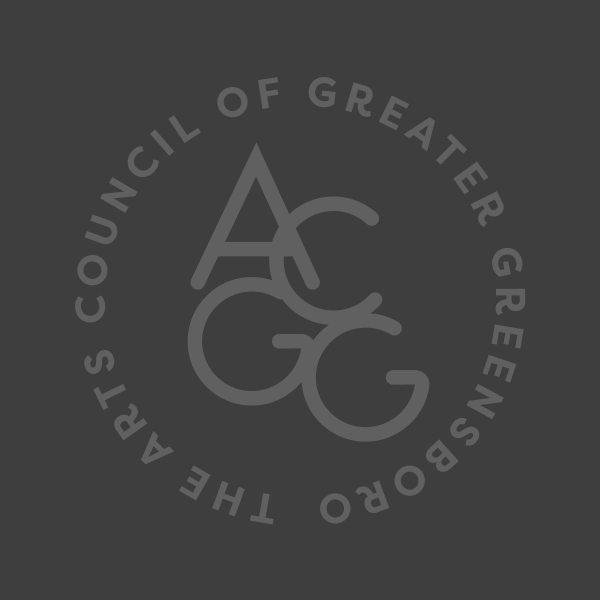

Childish Work
Over the last several years, I’ve noticed the adult artists around me increasingly using mediums, processes, and imagery traditionally associated with children’s art. Finger-painting, dolls, comic strips, family photos, imaginary friends, toilet humor, miniatures, scribbles, stencils, stickers, and proudly amateurish craftsmanship started to show up everywhere in my friends’ artwork, and in mine. As we approached 25 or 30 or 40, we seemed to be reaching back further into our creative histories for our materials and inspiration.
My peers weren’t afraid of their work being labeled “childish.” Rather, they welcomed comparison to the work of children, and sought out resonance with the artwork that they themselves had made as kids. This way of working wasn’t purely escapist. It wasn’t a rejection of the complexities of the world in favor of simplicity or ignorance. Rather, these artists were each trying to weave a different form of consciousness – a childlike consciousness – into their work, to access parts of their world that were much less rich, or perhaps simply incomprehensible, when explained through purely “adult” terms.
So, the title of this show, Childish Work, turns an insult into an aspiration, or a genre. The show brings together fourteen artists who I have met in New York and North Carolina, each with a different connection to making childish work.
Some of the artists in the show make work out of found objects taken directly from their childhoods, like dollhouses and Fisher Price TVs. Others paint with their fingers or draw scenes on Shrinky Dinks. Others emulate the graphic styles of coloring books and comics. Others attempt to recreate distant childhood memories. Others make works that reference the forms of toys and dolls: objects that could hypothetically be played with, but also demand closer observation and may even repel touch.
Some of the artists in the show are current or former child educators, others are parents, others are the children of other artists in the show, others have collaborated directly with children to make the works in the show. Some of these artists appear to be in dialogue with their sense of their own child-self, blending adult precision with childlike play. Others reference childhood from an adult distance or use childlike materials to make an explicitly political statement. Others fully embody a childlike consciousness – or, put more simply, they just behave like children. Here, that’s a compliment.
